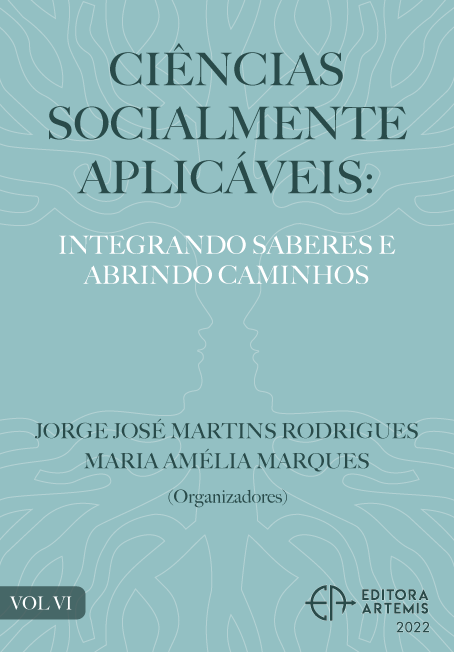
THE INTRODUCTION OF A CIRCULAR ECONOMY IN THE COMPANY AND THE SOLUTION OF LEGAL DILEMMAS
During the mechanical processing of metals and alloys (grinding, milling, turning etc.) waste in different forms is produced (odbruski, ostružki, prah etc.). The waste if often classified as dangerous waste. Thus, questions of what to do with the waste, that is produced in such production, appear. Removal of the waste is expensive, it cannot be deposited and it can also not be stored in the company. Hence, we have developed a circular process, in which (considering all environmental regulations and law) we joined parallel processing of the potential waste into a by-product to the regular production. Therefore, we managed to combine two production processes into one uniform production processes with two products (main product and by-production). During the development of the uniform process our aim was to fulfil all the environmental regulations and to retain the production (the already established as well as the new, parallel) in the frame of the permission that was already existent. With the appropriate definition and the establishment of the production process by attaching a parallel processing of the »waste material« (into an economically valuable by-product) to the already existing production, we have managed to attain a final, uniform process, in which the product and a by-product are produced rather then the product and waste. With this uniform process we solved the problem of what to do with the waste (the waste removal that is done by an accredited contractor). Furthermore, the by-product can also be a source of income. Last but not least, our procedure has been patented (in regard to the technical performance) and we have received a prize for the innovation.
THE INTRODUCTION OF A CIRCULAR ECONOMY IN THE COMPANY AND THE SOLUTION OF LEGAL DILEMMAS
-
DOI: 10.37572/EdArt_1612227125
-
Palavras-chave: Circular economy, waste, recycling, legal dilemas
-
Keywords: Circular economy, waste, recycling, legal dilemas
-
Abstract:
During the mechanical processing of metals and alloys (grinding, milling, turning etc.) waste in different forms is produced (odbruski, ostružki, prah etc.). The waste if often classified as dangerous waste. Thus, questions of what to do with the waste, that is produced in such production, appear. Removal of the waste is expensive, it cannot be deposited and it can also not be stored in the company. Hence, we have developed a circular process, in which (considering all environmental regulations and law) we joined parallel processing of the potential waste into a by-product to the regular production. Therefore, we managed to combine two production processes into one uniform production processes with two products (main product and by-production). During the development of the uniform process our aim was to fulfil all the environmental regulations and to retain the production (the already established as well as the new, parallel) in the frame of the permission that was already existent. With the appropriate definition and the establishment of the production process by attaching a parallel processing of the »waste material« (into an economically valuable by-product) to the already existing production, we have managed to attain a final, uniform process, in which the product and a by-product are produced rather then the product and waste. With this uniform process we solved the problem of what to do with the waste (the waste removal that is done by an accredited contractor). Furthermore, the by-product can also be a source of income. Last but not least, our procedure has been patented (in regard to the technical performance) and we have received a prize for the innovation.
-
Número de páginas: 10
- ŠTEFAN ŠUMAH
- Jure Naglič
- Tilen Šumah
- Jure Pečnik

